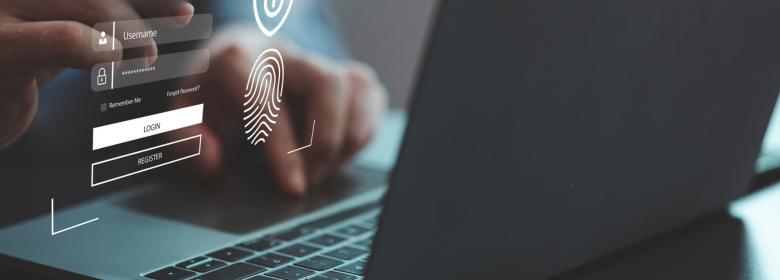When logging into different accounts online, you may have noticed that it’s becoming increasingly common for you to have to enter some sort of code, as well as your password, before you’re let in.
This process is called Multi-Factor Authentication (MFA) and it’s designed to help keep your accounts more secure. Let’s take a closer look at it…

Multi-Factor Authentication
Cyberattacks are becoming more sophisticated and simply entering a username and password is no longer enough for security purposes… that’s where MFA steps in.
As mentioned, MFA is an authentication method which requires you to provide an additional form of verification before you are given access to an account. It essentially acts as another layer of security, making it more difficult for cybercriminals access your accounts.

Types of Multi-Factor Authentication
MFA works by asking you for additional verification factors and these factors can differ.
Commonly, you’ll receive a unique code via an app, email or text message. You’ll be asked to enter the code into the login page before being given access. Other ways you may be asked for MFA include entering a PIN which you have previously set up and remembered or using something physical like face or fingerprint biometrics.
MFA significantly reduces the risk of a cyberattack as it means that hackers would generally need access to your device, in addition to your username and password, to get into your account.

So there we have it – a brief, but informative, introduction to MFA!
MFA is a super important and easy way for you to enhance your security. Whilst you may have it set up already for some accounts, we’d encourage you to enable MFA wherever possible to improve security, whether that’s for you personally, or for your business.
